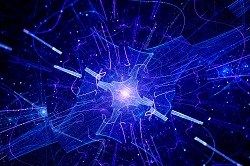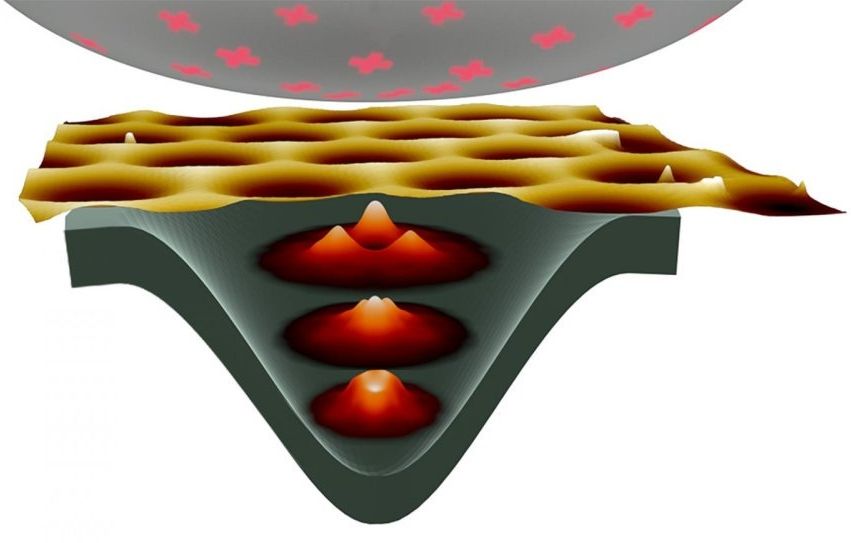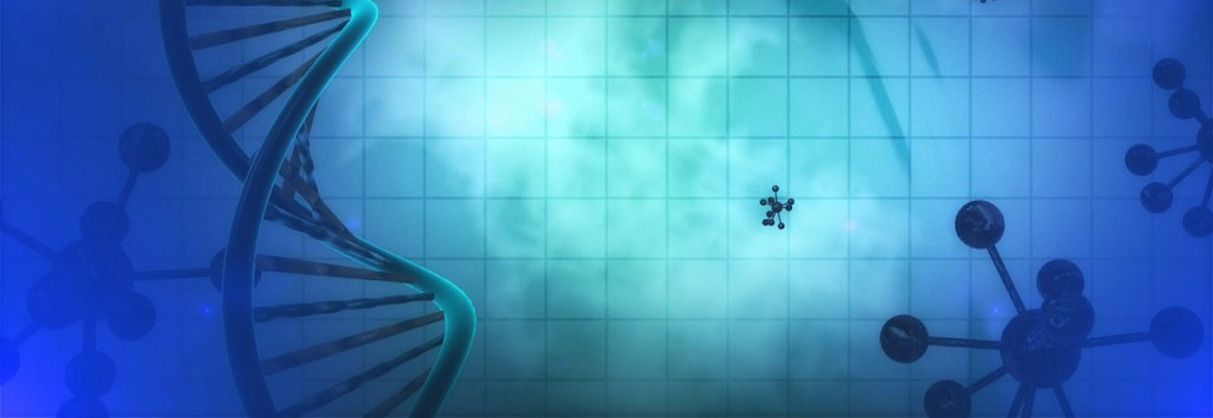
Oxygen minimum zones (OMZs) extend over about 8 percent of the oceanic surface area, but account for up to 50 percent of the total loss of bioavailable nitrogen and thus play an important role in regulating the ocean’s productivity by substantially impacting the nitrogen cycle. By sequencing single cells and metagenomes from OMZs, researchers identified bacteria of the SAR11 clade as being abundant in these areas, although no previously known anaerobic metabolism had been described for this group. Detailed sequence analysis of SAR11 single cells, followed by functional characterization experiments, revealed the presence of functional nitrate reductase pathways as a key adaptation to oxygen-poor, or anoxic, environments. These results link SAR11, the world’s most abundant organismal group, to oceanic nitrogen loss.
The Impact
Microbes play key roles in maintaining the planet’s biogeochemical cycles, and while the role of SAR11 bacteria in the marine carbon cycle has been well documented, its important role in regulating nitrogen bioavailability was hitherto unknown. In partnering with a national user facility, scientists had access to state-of-the-art single-cell sorting and synthetic biology capabilities at the DOE JGI, enabling them to identify and functionally characterize the role of SAR11 in oxygen minimum zones in the ocean.
Continue reading “Identifying the Microbial Culprits Initiating Oceanic Nitrogen Loss” »

















